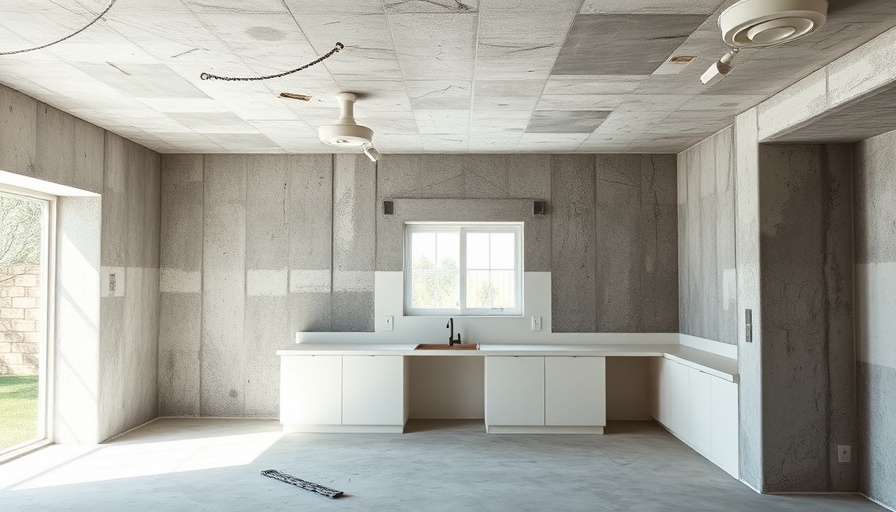
The Real Deal on Zehnder’s Bypass Mode: Analyzing Effectiveness
For homeowners and builders investing in ventilation systems, the effectiveness of Zehnder's "Bypass" mode is frequently assessed. Used in energy recovery ventilators (ERVs), a bypass mode allows fresh air intake without requiring any energy-intensive heating or cooling processes. This mode modulates air supply based on outdoor conditions to save energy and enhance comfort. But does it truly deliver on its promises?
Understanding the Mechanism of Bypass Mode
To evaluate the effectiveness of Zehnder's bypass mode, it’s essential to grasp its functionality. Simply put, the bypass mode permits outdoor air to enter the home without passing through the heat recovery process. This feature is particularly advantageous during mild days when outside air is at a comfortable temperature, allowing fresh air to be introduced efficiently. The intent is to minimize mechanical cooling or heating needs, consequently reducing energy bills.
Expert Opinions: Varied Perspectives on Efficacy
Industry experts have varying opinions about Zehnder’s bypass mode. Some zealous proponents highlight the energy savings during mild weather and the improved ventilation. Others express skepticism, emphasizing that the bypass aspect could lead to inefficiencies, especially in climates that frequently experience fluctuations in temperature. A common concern circulating within the community is the risk of introducing unconditioned air that could potentially compromise indoor air quality.
Practical Insights: Real-World Performance
A thread from Green Building Advisor’s community enabled numerous homeowners to share personal experiences with Zehnder systems. Users reported a noticeable reduction in energy loads during hot summer nights when the bypass mode was active. In contrast, some noted potential drawbacks, such as the risk of excessive humidity in certain situations. This indicates that while bypass mode can provide substantial benefits in specific conditions, it might not be universally applicable in all climates.
Energy Efficiency vs. Comfort: The Ongoing Debate
The question remains: does Zehnder's bypass mode truly excel in balancing energy efficiency and occupant comfort? Many respondents reflect on the importance of evaluating seasonal weather variations. Using the bypass during cool summer nights is common among users, as it enables fresh air inflow whilst lowering reliance on air conditioning. Conversely, adjustments made during winter may not amplify comfort in chilling temperatures.
Alternative Systems: Weighing Options
When it comes to selecting ventilation systems, alternatives to Zehnder are worth considering to assess their performance metrics against Zehnder’s. Some participants advocated for other systems that may be less expensive yet equally effective based on their specific installations. Factors such as ease of installation and adaptable controls often surfaced in discussions, indicating a spectrum of user preferences and needs.
Conclusion: Future Considerations and Trends
The future of home ventilation lies in innovation and adaptability. As sustainable building practices gain traction, the efficiency, effectiveness, and costs associated with systems like Zehnder will continue to evolve. Engaging with user feedback and conducting performance assessments across different climates will be crucial for manufacturers to enhance product offerings and meet consumer adaptability needs. In conclusion, understanding the nuances of Zehnder's bypass mode equips homeowners to make informed decisions regarding ventilation choices that align with personal comfort and energy efficiency goals.
 Add Row
Add Row  Add
Add 




 Add Row
Add Row  Add
Add 

Write A Comment